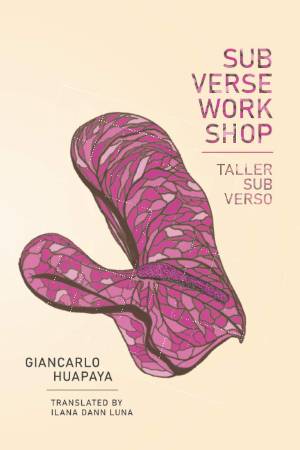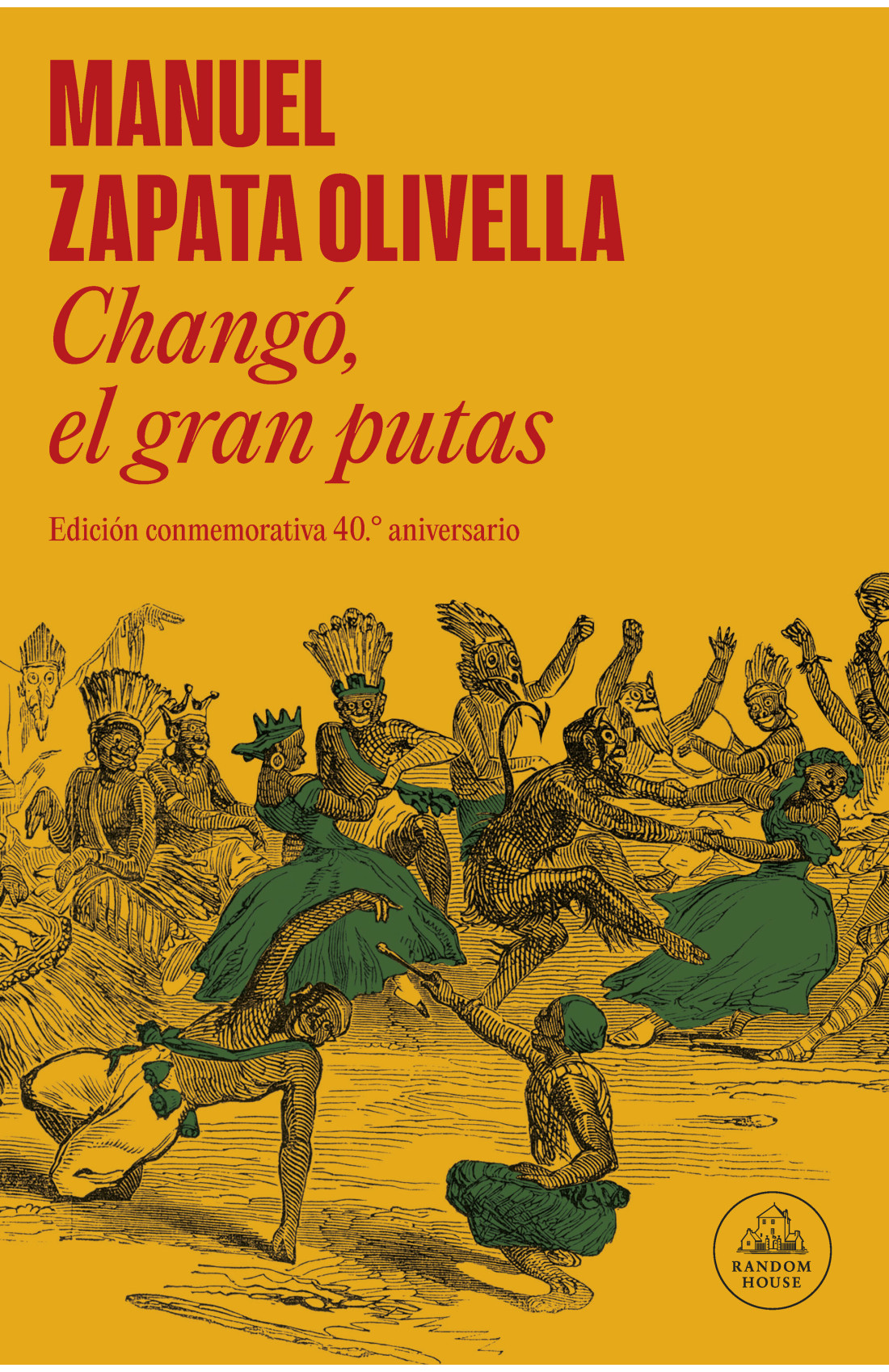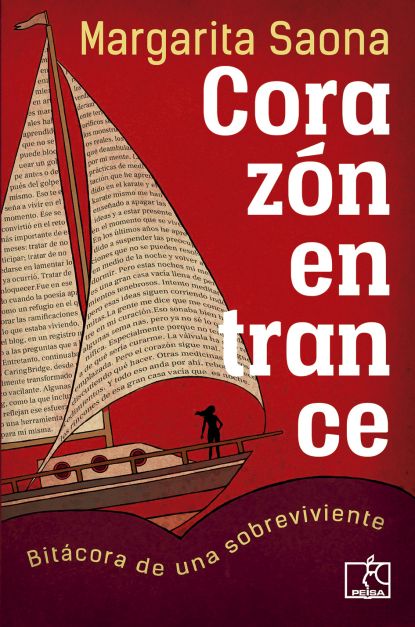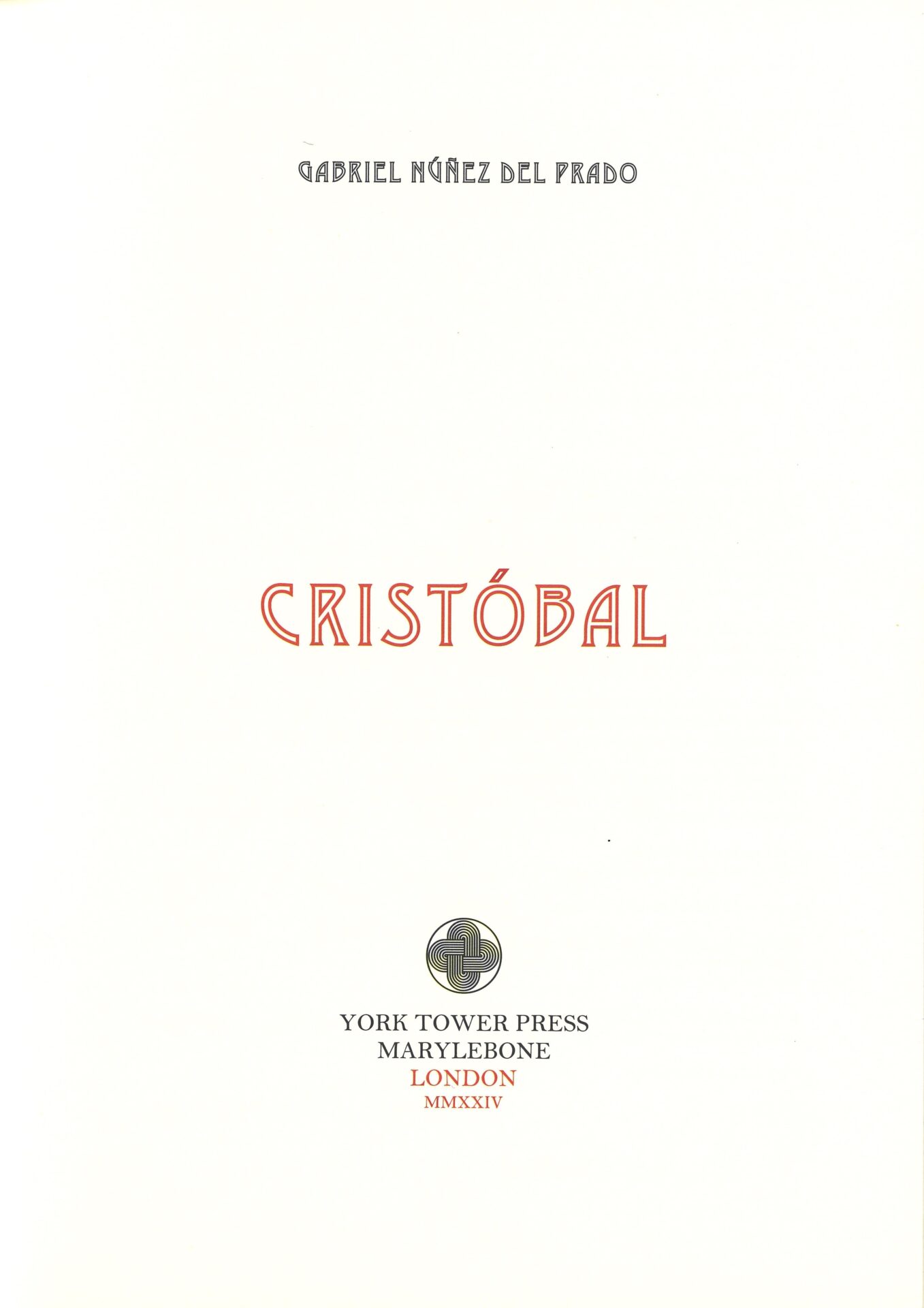Sub Verse Workshop / Taller Sub Verso. Giancarlo Huapaya. Translation by Ilana Dann Luna. New Orleans: Lavender Ink / Diálogos Books, 2020. 103 pages.
 In her introduction, the book’s translator, Ilana Dann Luna, notes that when the author uses “x” in the text (for example, when he writes “lxs poetxs sonorxs”), he is stressing the “diversity of sexuality/gender-identity” (ix). This focus on gender fluidity is not merely a matter of sound political intentions, but an effort to reterritorialize, dehistoricize, and debinarize power relationships within gore capitalism, i.e. that capitalism which is the product of the neoliberalism at its most ruthless according to Sayak Valencia. I will discuss some of the book’s core topics, which are introduced in its opening epigraphs.
In her introduction, the book’s translator, Ilana Dann Luna, notes that when the author uses “x” in the text (for example, when he writes “lxs poetxs sonorxs”), he is stressing the “diversity of sexuality/gender-identity” (ix). This focus on gender fluidity is not merely a matter of sound political intentions, but an effort to reterritorialize, dehistoricize, and debinarize power relationships within gore capitalism, i.e. that capitalism which is the product of the neoliberalism at its most ruthless according to Sayak Valencia. I will discuss some of the book’s core topics, which are introduced in its opening epigraphs.
Topic one. Paul B. Preciado writes: “The goal of this counter-sexual practice consists of learning to subvert one’s sexual organs and their biopolitical reactions,” gender roles that are perfectly interchangeable, unfixed cultural constructs. On the one hand, there is a constant call for readers to abandon their position as passive spectators: “Seize the word wellbeing and make the most enthusiastic of the audience swallow it whole” (23). Post-porno performance posits taking on a multitude of interchangeable, variable, fluid desires within a system unconcerned with accumulation; it is a matter of profusion, of bodies that exist in order to swap positions: never allowing ourselves to become objects within the circuit of capital. In the text “A,” Huapaya writes: “While you mutate, exercise your bellybutton like a retina” (17). This is not just the subversion of the “sexual” organs, but of all organs: the belly button acting as a retina or a kind of cybernetic connection. The idea of mutation is present in several of Workshop’s passages; this notion of the belly button/retina reminded me of Alex Rivera’s film Sleep Dealer (2008), in which the cycle of virtual exploitation of bodies is mediated by sensors called nodes. In this vein, Sub Verse Workshop says: “rip out the sockets of your pubic hairs” (97) and “compose with a computer according to your metempsychosis and transfer your heritable characteristics to me” (17).
Topic two. The book cites Donna Haraway’s Cyborg Manifesto, which I would like to link to another presence: mutants and zombies. First—and this, too, has dystopian associations, like Sleep Dealer—cyborgs’ presence in the Workshop seems to be an indicator of an attempt to obliterate the divisions or binarism between subject and object, master and slave, man and woman, the natural and the artificial. A cyborg is, in essence, the presence of hybridity, but also of future technological waste: “your cyborg will end up in the techno-trash heap of an Asian country, in the trash of an American country” (57). In “Zombie Manifest: The Nonhuman Condition in the Era of Advanced Capitalism,” Sarah Juliet Lauro and Karen Embry suggest that “the zombie metaphor itself goes beyond the hybrid by virtue of its inseparability into distinct terms. It is itself an incarnation of presence-absence, yet it complicates the subject/object position because it is the livingdead” (95). Cyborgs and zombies are destructive entities that are never productive within the circuit of capital: “Your mistake is wanting a grade / for having eaten the previous mutant” (57).
Topic three. Giuseppe Campuzano, creator of the traveling exhibition, performance, book, archive, and testimony Museo Travesti del Perú (“Transvestite Museum of Peru”), is summoned at the level of the migrant, the racialization of the body and gender. In the poem “P,” Huapaya writes “I am a woman for political purposes” (71), and in “Y”: “a virgen travesti changes bodies a corrugated tongue / they is a healer turned body of a ritual dancer” (91). Campuzano carries out a similar operation in Museo Travesti del Perú, when he situates the “transvestite” subject outside of the male/female dichotomy and resituates this figure within “becoming a woman,” understanding the latter, according to Rosi Braidotti, to mean the process of deterritorialization of the dominant subject, i.e. the emergence of nomad subjects unassociated with fixed gender or, in Huapaya’s case, mutant subjects, cyborgs, and zombies racialized within transnational migration. Thus, Museo Travesti del Perú and Sub Verse Workshop act on two fronts: they are a movement away from the binary and a transformation process for concepts such as labor, race, and class. In this sense, Campuzano and the poet of Sub Verse Workshop do not situate themselves from outside of the transvestite subject or “becoming a woman,” but rather embody it themselves; it is a question of bodies with “to our miscegenated folds” (93), that are subject to constant mutations, mutilations, and self-mutilations.
Topic four. Huapaya cites a selection from Argentine poet Néstor Perlongher’s Aguas aéreas, a text in which knowledge is marked by the consumption of sacred plants (toé, ayahuasca). The ecstasy that comes from the consumption of sacred plants emerges as cosmopolitical networks between the human and the nonhuman. According to Eduardo Viveiros de Castro, cosmopolitical theory “describes a universe inhabited by diverse types of actants or of subjective agents, human and non-human—gods, animals, the dead, plants, meteorological phenomena, very often objects and artefacts too—all equipped with the same general ensemble of perceptive, appetitive and cognitive dispositions.” Does Sub Verse Workshop produce this kind of interaction? Yes, the book prompts and approaches them even though, as we have seen, the pivots around which this workshop is organized are diverse; even so, one of the primary pivots is the abolition of the Aristotelian plant/animal/human division. Thus, in this workshop, there are constant calls to erogenous functions with plants and animals. The text “H” is critical with respect to this ecstasy, as it tells us that “Give acorns, / that imagine aspects of synesthesia” (39) and describes pricking oneself and pricking others in order to achieve “hypnotic echoes,” “prescience of an oracle,” and “echo aché.” Perhaps there is a bit of Santería in those pricks.
To conclude, I will mention that these are not all of the paths the Workshop takes; it also includes the idea of a space journey to the star Subverse, the notion that galaxies exist within the veins, a workshop submerged in the sea or buried in the subsoil, and countless other topics. For all that, though Sub Verse Workshop is the workshop of subverse verse, the workshop of subversion, for me, it is the workshop from which resistance is possible, as it is for Memo Cruz in Sleep Dealer, who manages to create a tiny crack in the system from his workshop of obsolete technology in Oaxaca. Both Sub Verse Workshop and Sleep Dealer conclude with a solution to environmental conflicts, specifically the problem of water. In the film’s case, the great transnational dam is destroyed by a dissident from the system, and in the case of Sub Verse Workshop, “the new water offers melodies to the pedestrians-like-tremors” (97).
Paul Guillén
University of Pittsburgh
Translated by Kevin Gerry Dunn





